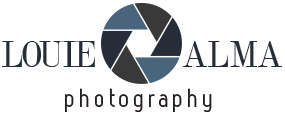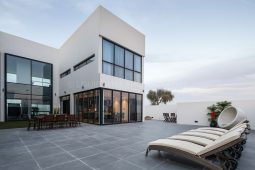I just tried Tower’s affordable Slushie machine alternative — at £179, it comes in a whole lot cheaper than the OG Ninja version
This is the cheapest way to have frozen margs in style this New Year’s





